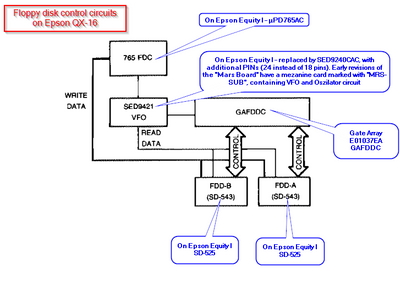First post, by The2Faces
Hi all,
this is here my first post, and I would like to share my experiences with a Epson Equity I, which I own, since I'm 6 years old (and I'm now quite old, end of my 3ties 😉)
The Epson Equity I has an 8088 CPU, which "schould" be a 16Bit CPU with something around 5MHZ, which was made by NEC.
Additionaly there are two Epson 5,25" floppy drives (SD-525 ) and a 20Meg HDD with WD controller card.
Unfortunately the floppy drives are not recognized anymore, due to whatever reasons. I checked caps (replaced already for one drive all electrolytic caps, but without success), I checked on the voltages etc, with being not too way off from the expected values (11.8V for 12V+ and 4,8-4.9V for 5V+)
On every post the Computer responds only with the information "Disk error", which is not usual.
I remember that back in the days, when everything was working as expected, that the computer during post both drives were triggered and the heads moved. But not anymore now!
I hope somebody has an idea, what I can check from my side to get both drives up and running again. I'm little out of my options.
I assume, that the drives are good, but the controller may be sad. I have seen there is a daughterboard with an SED9420CAA chip, which seems to be responsible for the FDDs but I'm not sure.
Thanks!
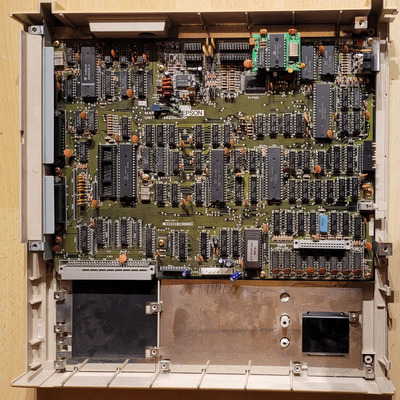
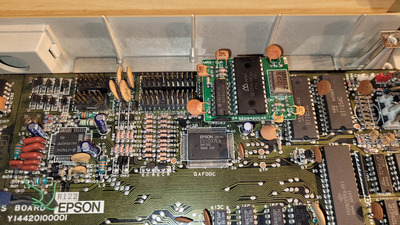
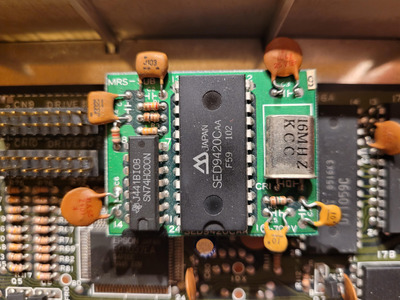
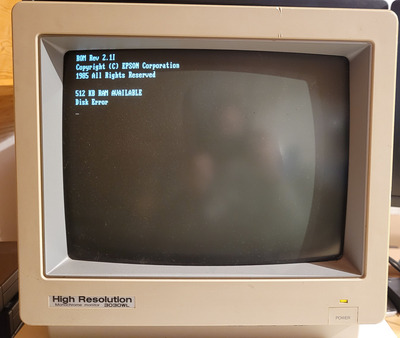
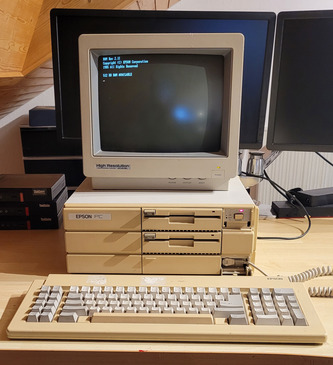
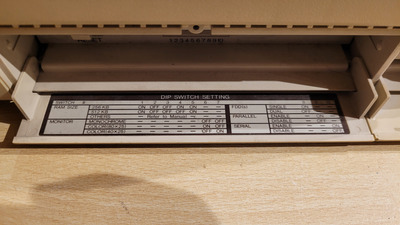
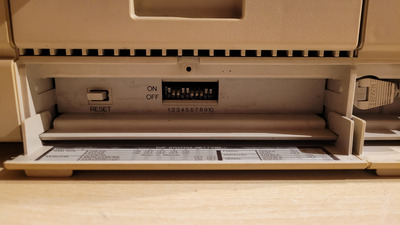
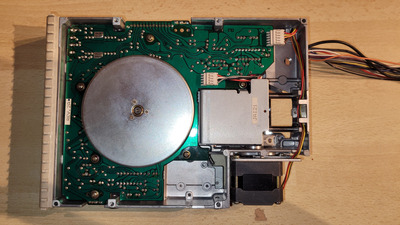
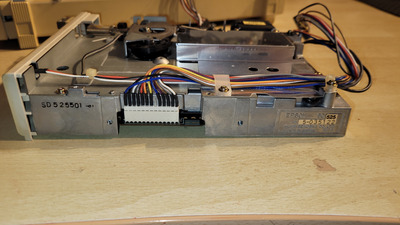
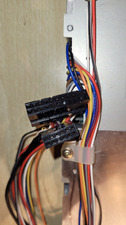
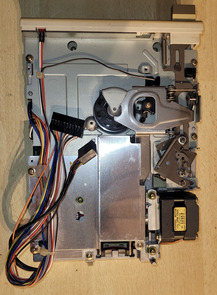
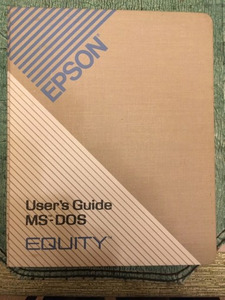
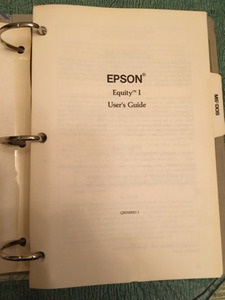
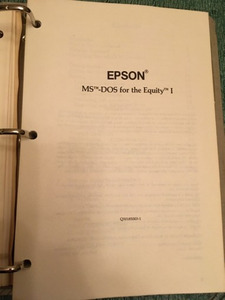
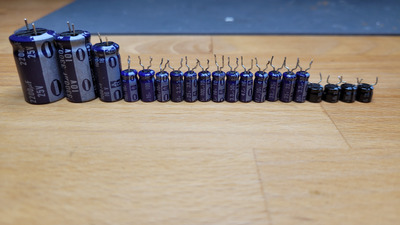
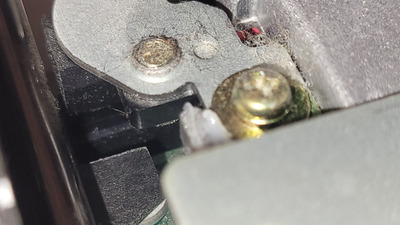
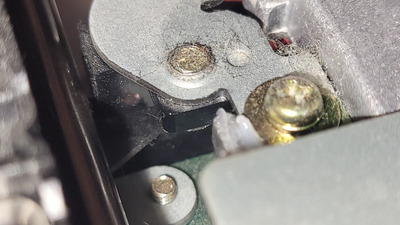
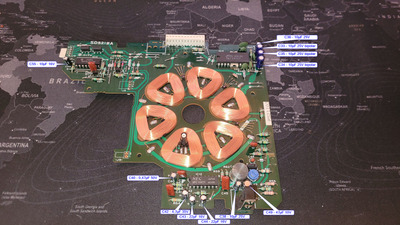
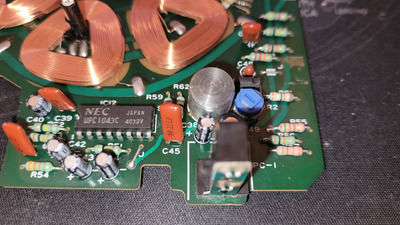
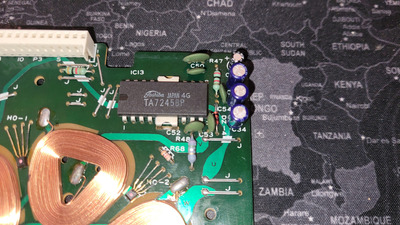
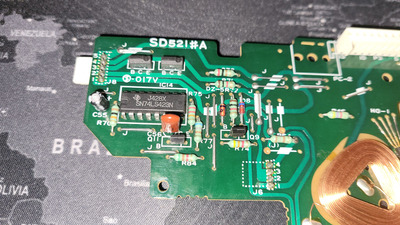
![2024-03-01 00_08_17-e1____ps(1).pdf - [Equity I - Product Support Bulletin(s)] - SumatraPDF.png](./thumbs/50014_7b9fc2d2b8156ed03d54f9ccfb5a8867/2024-03-01%2000_08_17-e1____ps%281%29.pdf%20-%20%5BEquity%20I%20-%20Product%20Support%20Bulletin%28s%29%5D%20-%20SumatraPDF.png)
